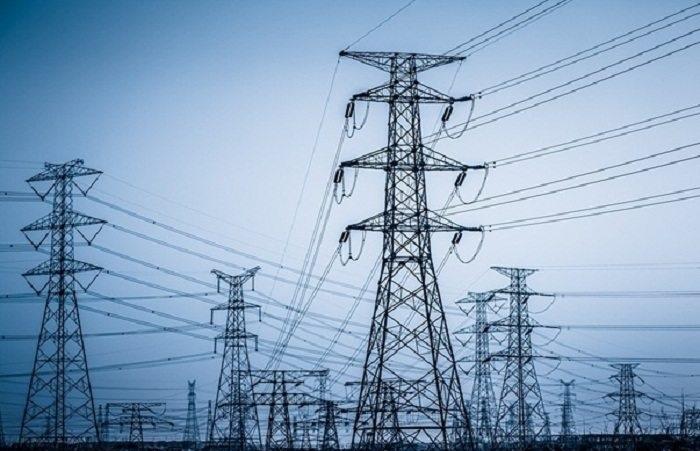Africa-Press – Zambia. Zambia has recently announced ambitious plans to generate 5,000 megawatts (MW) of solar energy in the next four years, but some experts are questioning the feasibility and realism of these plans.
President Hakainde Hichilema made the announcement after signing a Memorandum of Understanding (MoU) in Abu Dhabi, stating that the country has only developed 3,500 MW of electricity in the last 58 years of its independence and that this new investment would bring in an additional 2,000 MW, within a shorter period of time. However, in a Facebook post, his advisor wrote that “over 5,000 MW is being unlocked for the next 4 years.”
Fred M’membe, President of the Socialist Party, is among the the people who are challenging these claims. “They never get tired of boasting, self-praising, lying and making contradictory statements,” he said in a statement. “Which statement is factual? Are they unlocking 2000 MW or 5000 MW in the next 4 years? And why are they issuing different statements on the same issue?”
Dr M’membe also criticized the government for making promises before any concrete plans have been put in place, calling the claims “lies and contradictions.”
Dr. Lubinda Haabazoka, an economist, also expressed skepticism about the government’s plans. “It’s very important that policy makers consult with various stakeholders including engineers so that when a promise is made, that promise is realistic,” he said.
Dr. Haabazoka pointed out that there are two types of power sources: base power, which is stable and predictable, and variable power, which is unstable. He explained that hydroelectric power is base power, while solar energy is variable and can only be added to a maximum of 15% of the total installed base load capacity. In Zambia, this means that a maximum of 480 MW of solar can be added to the grid.
Dr. Haabazoka also highlighted the limitations of the current infrastructure, “Our grid cannot accept an additional 5000MW of power without being upgraded! That is too much power because we are basically doing times two power supply on our grid! So we need a smart and upgraded grid to accommodate such amount of power and that takes huge capital investments.” Dr. Haabazoka advised the government to focus on increasing base power first, such as through the Batoka power project, and then upgrading the grid to accommodate the additional power.
While the government’s plans to generate 5,000 MW of solar energy in the next four years may be ambitious, experts have raised concerns about the feasibility and realism of these plans. They call for more consultation with stakeholders, including engineers, and a more comprehensive and well-planned approach to achieving these goals. This will be crucial to ensure the success of this project, and to avoid disappointment among the citizens of Zambia who are counting on these promises to be fulfilled.
For More News And Analysis About Zambia Follow Africa-Press







